“No Respect “ Or Least Not Enough
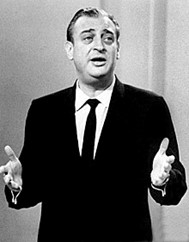
Elm trees are the Rodney Dangerfield of bonsai; they get “no respect”, or least not enough of it. Yet they should because elm trees offer much to bonsai cultivation: small leaves, fall color, fast growing, readily available and even collectable in Florida, simple to propagate, cold tolerant, resistant to most bugs and disease (but not all) and the ability to greatly ramify. What’s not to like?
Let’s talk about Elm bonsai. First all what species do we have here in Florida? The Florida Elm, Ulmus Americana Floridana, is the native elm in most of Florida. Botanists ascribed it the varietal name Floridana but now there is debate that is really just American elm. The good thing is that for some reason the Florida Elm appears resistant to Dutch Elm disease that has ravaged most American Elm trees north of Florida in the USA. I heard theories that the vector for Dutch Elm disease can’t take the Florida climate or that the vector flies too far above the relative short bonsai (that last theory sounds bogus to me). Regardless we are lucky that they grow over most of Florida. This month is the time to collect them as them as they will start leafing out soon. They can take several styles including a non-natural informal upright. They can be big bonsai or small bonsai due to the small leaves. They also look good with leaves and without leaves.


They also can grow in the more natural boom style or windswept, semi-cascade, clump, raft or forest.
Florida Elm bonsai trees

“Styled By Wilma” this Florida Elm in a Tom Dimig pot, has a windswept feel to it. It was inspired by personal observation of the effect of hurricane Wilma on trees. It was a hunk of lumber when I collected it but I carved the trunk and now over 20 years the carved opening has almost closed over.


The Florida Elm is a species all Florida growers should have in their collection. And by the way, regarding the no respect line, Suthin Sokosolvisit grew a Florida Elm up in Massachusetts. He ground layered it and developed great root spread (nebari) and won best tree at one of the early US National Exhibitions. So they can get some respect. 🙂
Winged elm, Ulmus alata, are another native Florida species. They grow mostly in north Florida but can live in most of the state when in a pot. They make these strange bark-like “wings” along their branches. They are fast growers and ramify quickly. Elms make alternate leaves so they are great candidates for the clip and grow technique. However, wire also gives good shaping results.
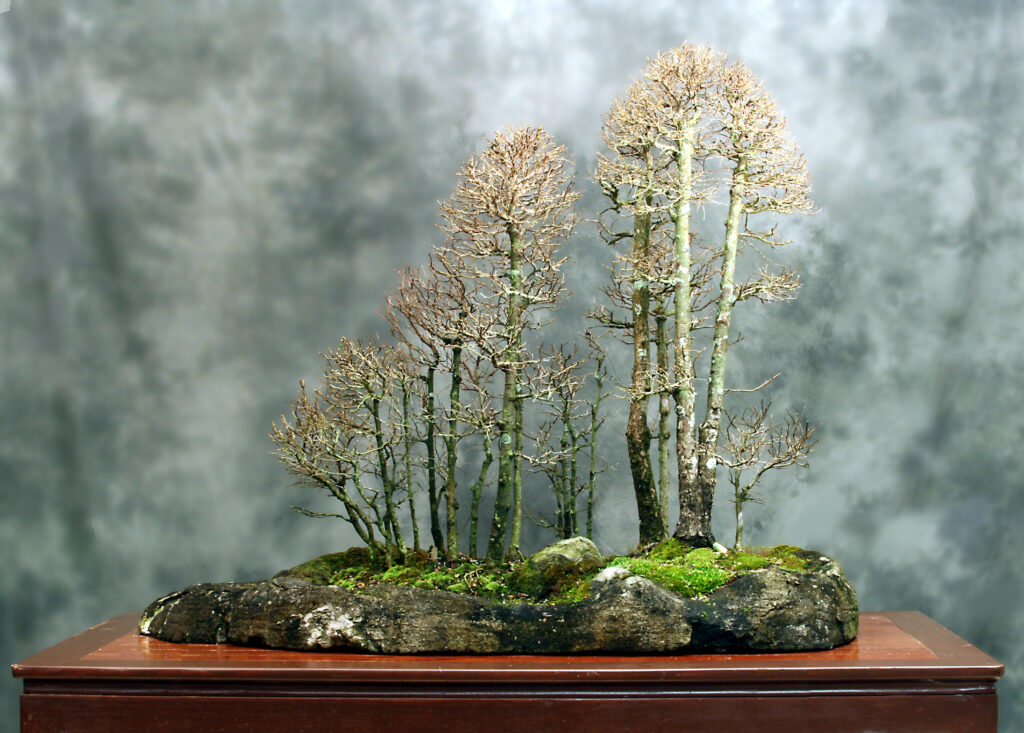
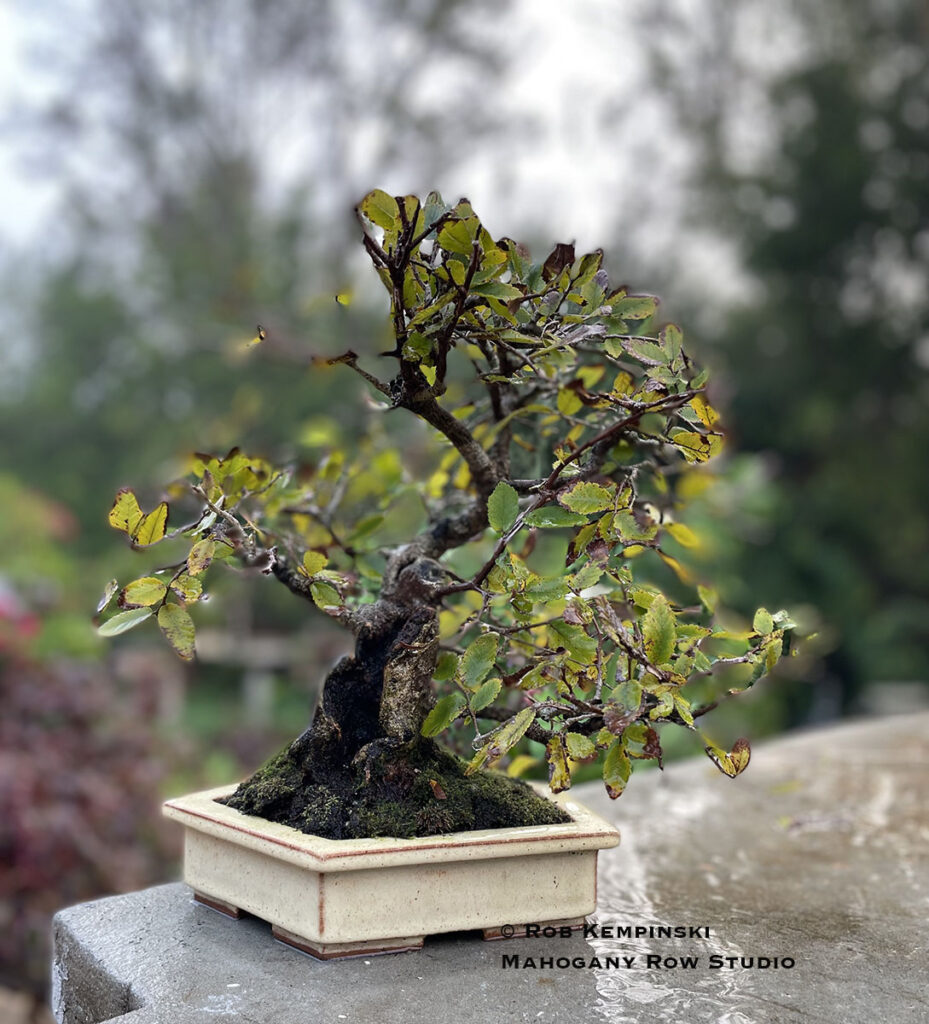
Similar to Florida Elm are Cedar Elm, Ulmus crassifolia. These also grow in portions of North Florida. The get their name Cedar Elm as in east Texas where they are the most dominant deciduous tree they grow near the Texas Cedar. These Elms also make bark-like wings. The leaves are a bit bigger than Florida elm and they don’t ramify as well, but they do make nice fall color and can take the cold.
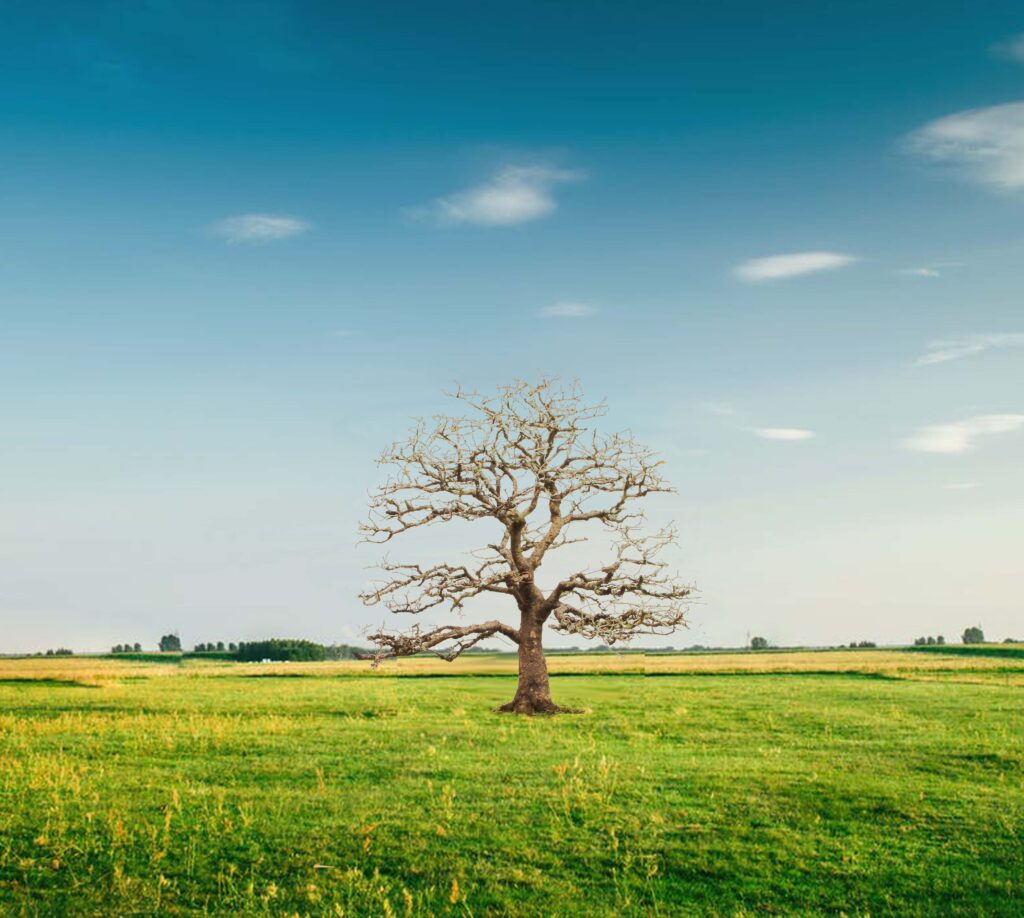
These above are native Elms. If we throw Chinese Elms and the Japanese varieties into the mix there is a large assortment of elms to bonsai. Gardeners planted Chinese Elms all over Florida so they are great candidates for urban collecting. They need a bit of cold protection but again are fast growers and make nice ramification. Chinese elms readily air layer or grow from cuttings. There are several varieties of Chinese Elm, such as the Drake Elm, Siberian Elm and the plain Chinese Elm. The Drake Elm make smooth multicolored back that ill flake off similar to a Crape Myrtle. All are worth trying as a bonsai. The Japanese Zelkova elm make great boom style but I have not had good luck in my garden with them. They need a bit more cold weather than I get in my part of Brevard county.
Rob Kempinski
Rob is an internationally recognized bonsai artist and author. He enjoys teaching bonsai at all levels and introducing newcomers to the pleasing art of growing miniature trees in a container. Rob has authored many articles for bonsai magazines and journals. He has published several books, many on the art of bonsai.
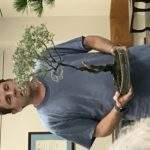
Bonsai Society of Brevard
For more detailed information contact our Brevard based Bonsai club.
The Bonsai Society of Brevard is one of the many clubs within the Bonsai Societies of Florida.
